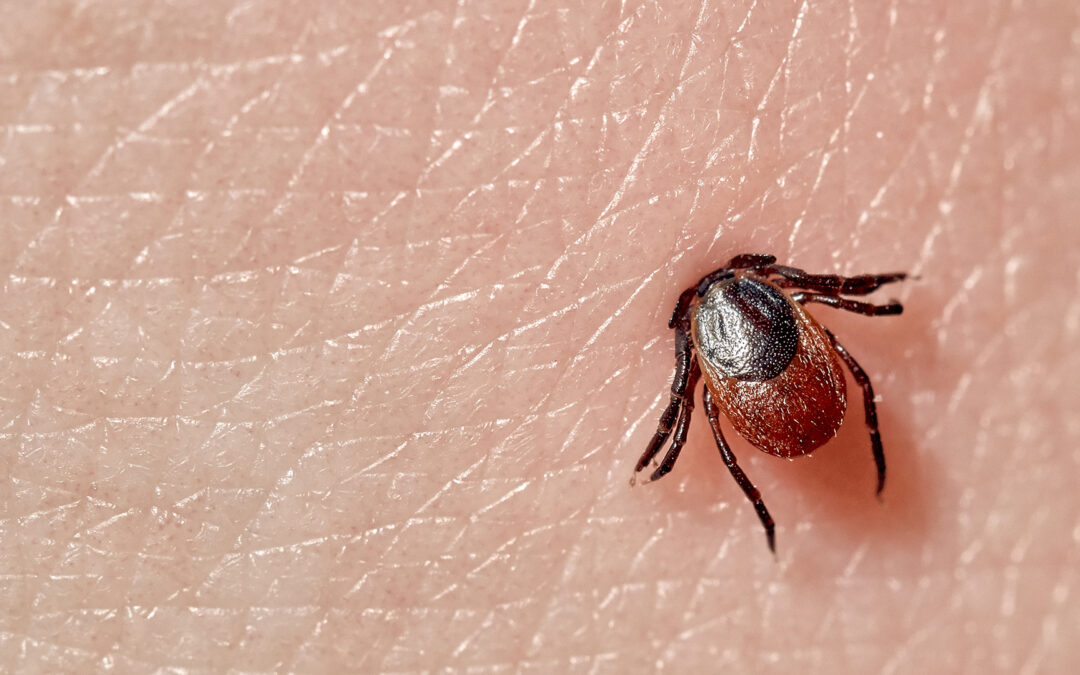Now that spring has come and the weather is getting humid and hotter, these tiny insects start laying their eggs and multiplying. They can come into your home by way of your pets or other pests that have access into your home or business.
Lyme disease is the most known illness that is spread by ticks. The different species of ticks spread a myriad of other illnesses like anaplasmosis /ehrlichiosis, spotted fever rickettsiosis, babesiosis, tularemia, and Powassan virus, among an extensive list of other diseases.
Lyme disease is endemic to Texas and it has been linked to the blacklegged tick, Lxodes Scapularis. There are between 50 and 275 cases of Lyme disease reported every year. In the last two years, there have been between 600 and 900 requests from patients annually seeking medical care for Lyme disease related symptoms.
These diseases derived from tick bites can be very debilitating and cause long term disability or death.
Ticks bite and drink your blood for long periods of time by burying their head completely into your skin and remaining attached for days. They typically cause infections within 24 to 48 hours, so it’s important to remove it as quickly as possible.
In nature, blacklegged ticks, for example, primarily feed on the blood of white-tailed deer, but they will also bite mice, small wild animals and birds. This is why prevention through pest control is very important.
Rubbing alcohol or classic amber-colored Listerine mouthwash will instantly kill the tick but, if you’ve been bitten, the surest way to get a tick out is to detach it manually with tweezers.
First clean the area around the tick bite with rubbing alcohol, then get your tweezers right down on your skin so you can grab as close as possible to the tick’s head and pull up slow and firm. Don’t jerk or twist; a nice, steady pressure straight up will do.

Ticks aren’t insects; they’re relatives of spiders, scorpions and mites and are classified as arachnids.
Take a closer look at the photo of the tick above. You will notice they have no antennae and they have eight legs.

